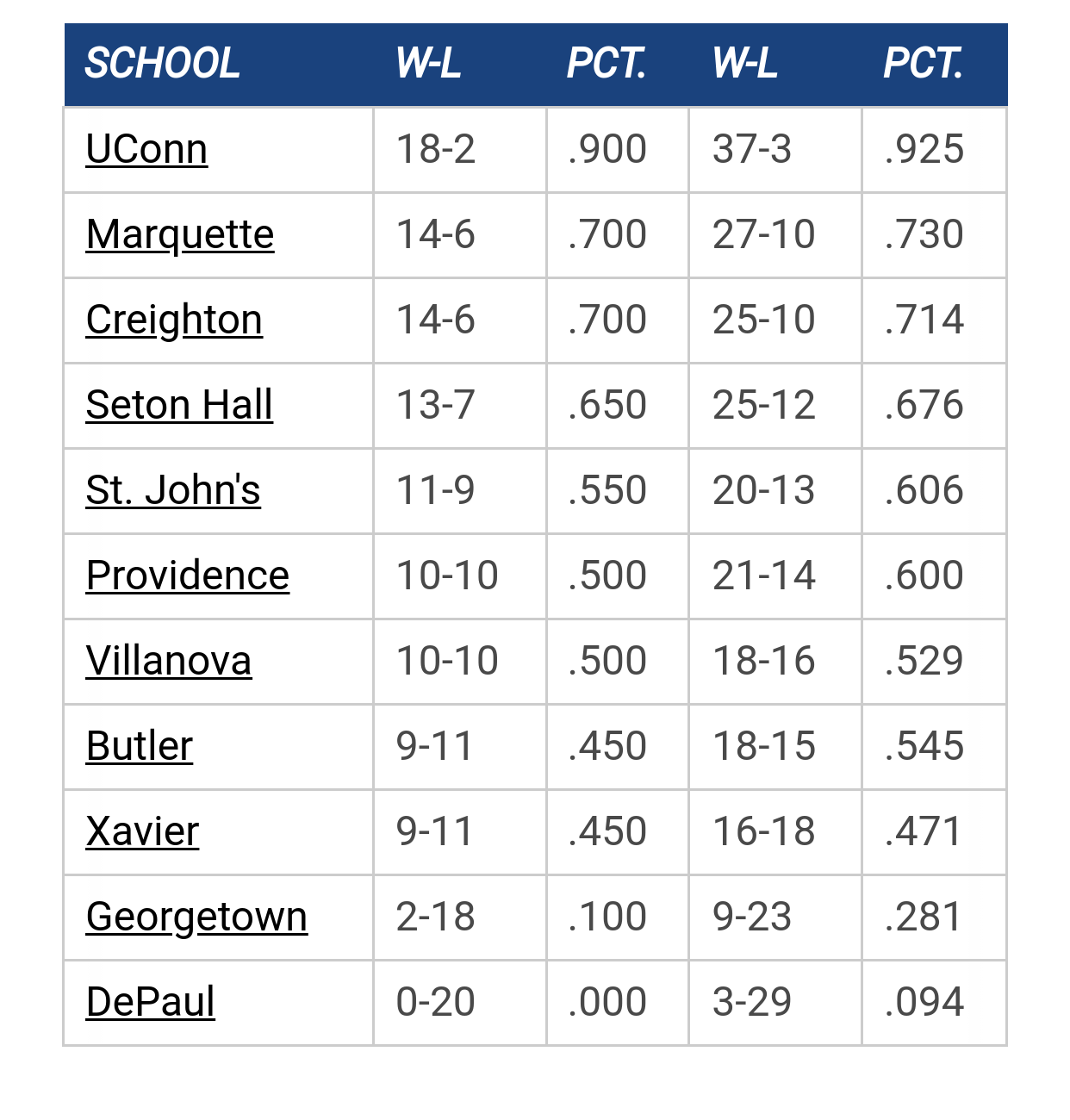- Welcome to MUScoop.
Zaide Didn’t Travel With Team by 79Warrior
[Today at 11:33:40 PM]
2026 Transfer Portal Wishlist by Mu8891
[Today at 11:30:17 PM]
How many guys stay? by 79Warrior
[Today at 11:29:48 PM]
MU/Creighton Game Thread by Mu8891
[Today at 11:23:34 PM]
A question for the Scoop elders by GBPhoenix1993
[Today at 11:22:44 PM]
What would make you show Shaka the door in March? by 1SE
[Today at 10:48:56 PM]
Good Teams Win, Great Teams Cover by BCHoopster
[Today at 10:43:12 PM]
[Today at 11:33:40 PM]
2026 Transfer Portal Wishlist by Mu8891
[Today at 11:30:17 PM]
How many guys stay? by 79Warrior
[Today at 11:29:48 PM]
MU/Creighton Game Thread by Mu8891
[Today at 11:23:34 PM]
A question for the Scoop elders by GBPhoenix1993
[Today at 11:22:44 PM]
What would make you show Shaka the door in March? by 1SE
[Today at 10:48:56 PM]
Good Teams Win, Great Teams Cover by BCHoopster
[Today at 10:43:12 PM]
The absolute only thing required for this FREE registration is a valid e-mail address. We keep all your information confidential and will NEVER give or sell it to anyone else.
Login to get rid of this box (and ads) , or signup NOW!
Creighton Date/Time: Dec 20, 2025, 7:30pm TV: NBCSN Schedule for 2025-26 |
||||||


